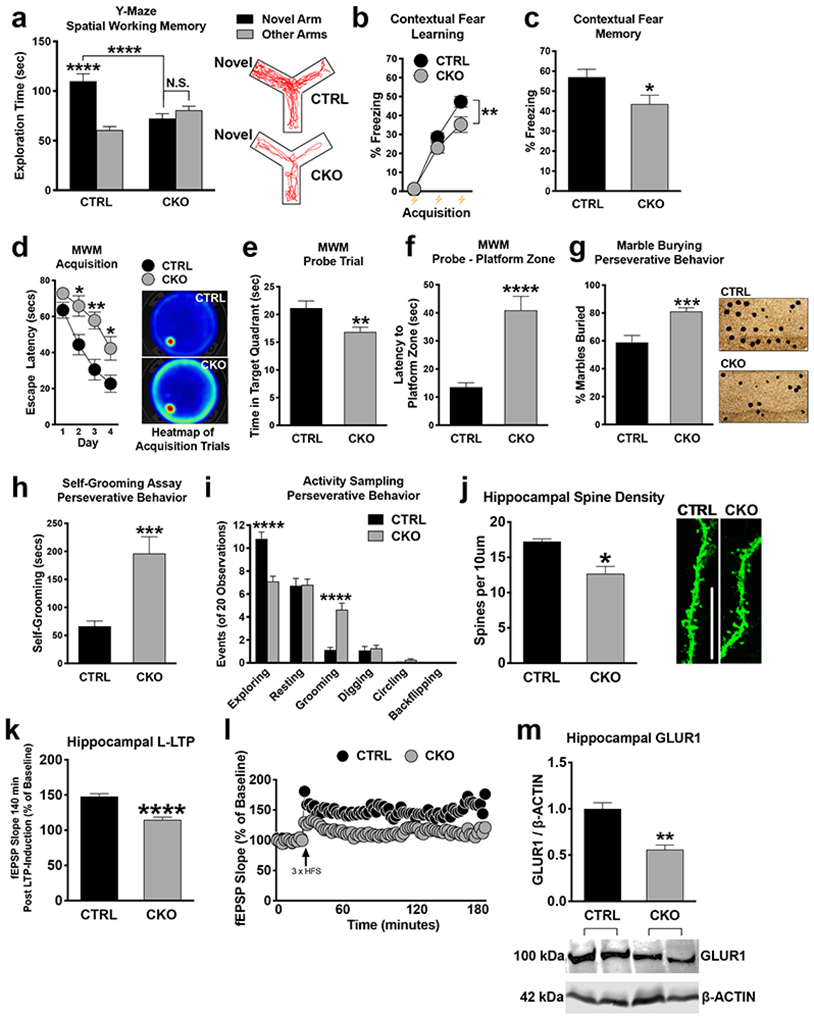Figure 1. UPF2 is required for learning, memory, spine density, and LTP.

a-c, Impaired short-term spatial and contextual fear memory in CKO mice.
Quantitations for relative arm preference on the Y-Maze (n=24 CTRL and 22 CKO mice), freezing during contextual fear conditioning (n = 22 per group, b) and freezing during context re-exposure (n = 22 per group, c).
d-f, CKO mice exhibit disrupted hippocampus-dependent spatial acquisition.
In the MWM, CKO mice exhibited significantly delayed escape latencies on days 2, 3, and 4 compared to CTRL mice (n=18 for each group) (d). During the probe trial, CKO spent significantly less time exploring the target quadrant and took significantly longer to enter the platform zone compared to CTRL mice (n=18 for each group; f).
g-i, Increased repetitive and compulsive-like behavior in CKO mice.
CKO mice buried significantly more marbles (n=25 per group) as well as exhibited increased grooming relative to CTRL mice without evidence of further compulsive-like traits (i).
j-l, Disrupted hippocampal spine density and synaptic plasticity in CKO mice.
Spine quantification (n=3 mice per group; 4-10 independent apical dendrite; j) and LTP measurements (n=12 slices, 7 CTRL mice: n=14 slices, 8 CKO mice) (k and l) in CTRL and CKO mice.
m, Disrupted GLUR1 expression in the CKO hippocampus.
Western blot of total hippocampal GLUR1 revealed significantly decreased GLUR1 expression in CKO relative to CTRL mice (n= 3 CTRL and 5 CKO mice).
Data are represented as mean ± SEM; *p < 0.05, **p < 0.01, ***p <0.001 and ****p < 0.0001. N.S. represents “Not Significant”. Scale bar: 5 μm.
